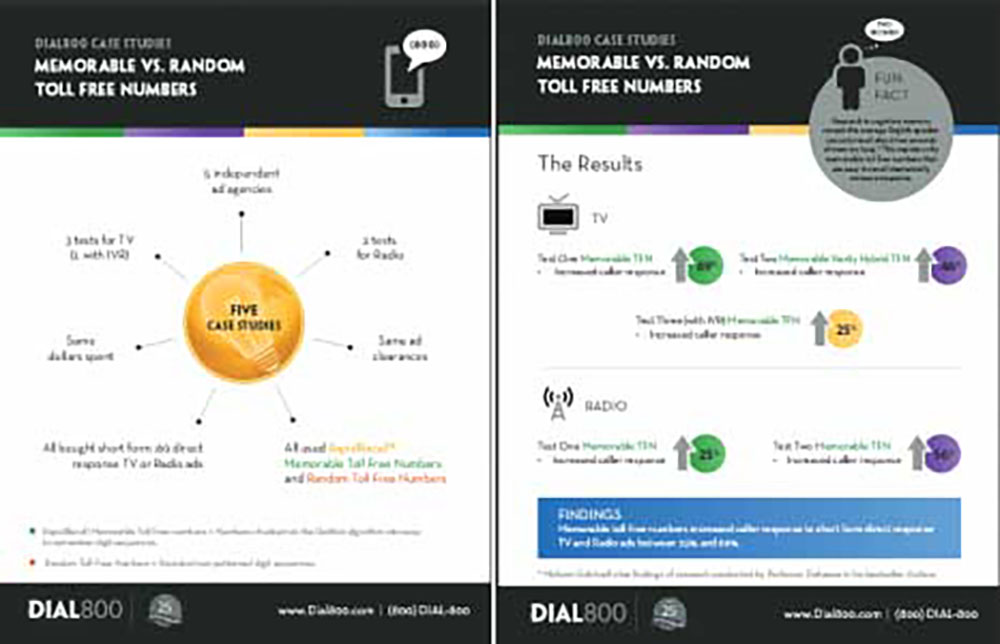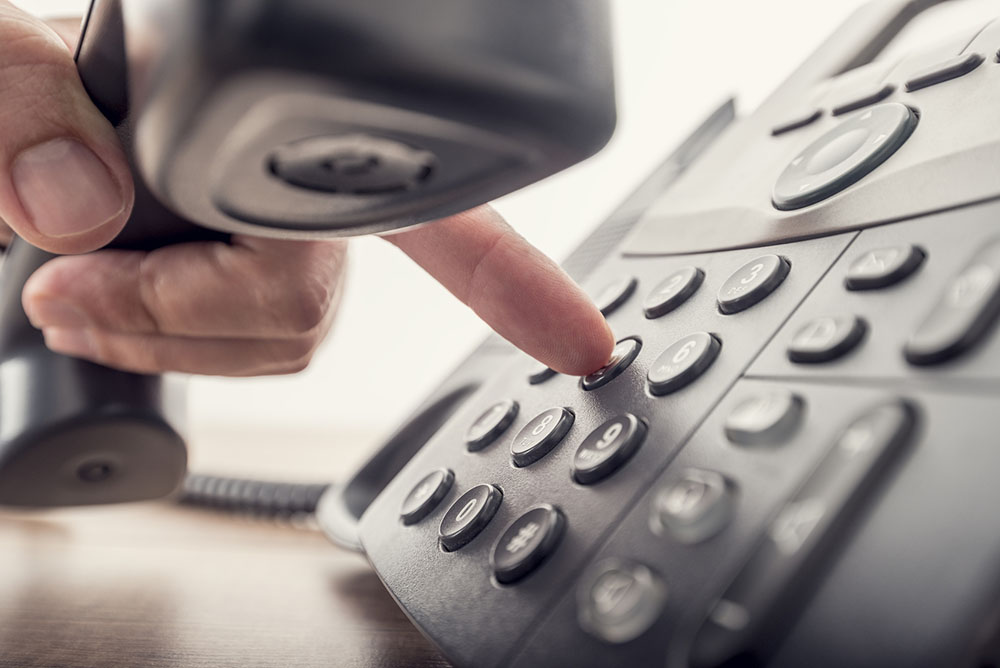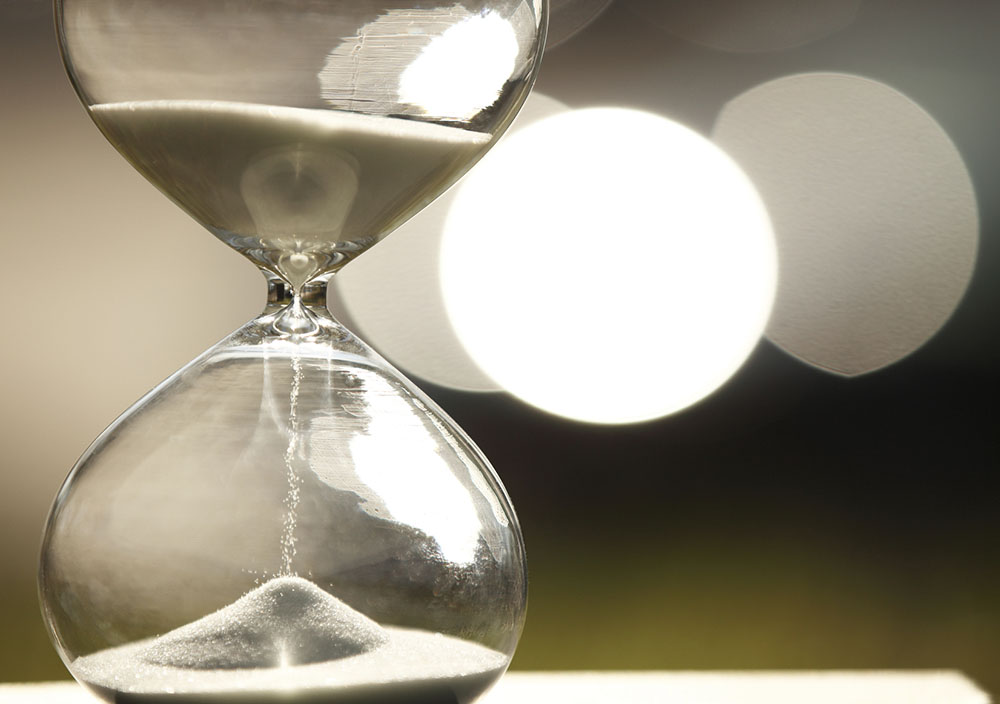
Case Study: Memorable Vs Non-Memorable Media Test
Dial800 recently completed a focused test demonstrating the impact memorable numbers vs random digit numbers – and we’re ready to help all our clients get a boost in calls! Over . . . CONTINUE READING

Healthcare Providers Trust Dial800 for Customer Experiences
In the realm of healthcare, every interaction carries immense weight. A missed call could mean an overlooked prescription, a delayed diagnosis, or a patient left waiting in uncertainty. For such . . . CONTINUE READING

Let’s talk marketing attribution: Dial800’s in-house call tracking results
It shouldn’t come as much of a surprise that at Dial800 we use call tracking in our own marketing campaigns. We walk the walk behind the strong belief that talking . . . CONTINUE READING

Study Finds Marketable Data in Misdials
Some of the best research comes from a live connection, and ours comes in the form of thousands of calls. Dial800 receives over 100,000 misdials to our toll-free number inventory . . . CONTINUE READING

Memorable VS Random Toll Free Numbers
1 thru 5 case study most current 9.145 independent Ad Agencies, same dollars spent, all bought short form :60 direct response TV or Radio ads, same ad clearances, all used . . . CONTINUE READING

Numeric 800 Numbers Drive Better Response: Case Study I
Situation Direct response marketers are interested in optimizing their campaigns. This study answers the question: Do memorable toll-free numbers increase consumer response to short form direct response advertising? Definitions Memorable toll-free numbers, . . . CONTINUE READING

Hybrid 800 Numbers Drive Better Response: Case Study II
In a follow-up split-test comparing hybrid-vanity numbers against numerically random toll-frees, the highly memorable hybrid vanities demonstrated a 46% higher response rate. Naturally, the a/b test involved equitable ad spends, . . . CONTINUE READING

When Seconds Count, Clients Count on Dial800
Typically toll free numbers are thought of for increasing response in marketing and advertising. However, in one client review when a true emergency arose, having a memorable number can be . . . CONTINUE READING

A/B Split Test: Memorable 800 Number vs. Non Memorable
How would you like to see your short-form direct marketing results potentially increase by as much as 40, 50, 60 percent or more? The key may very well lie . . . CONTINUE READING


 CallView360®
CallView360® AI Analytics
AI Analytics AccuRoute®
AccuRoute® BizCloud
BizCloud RapidRecall®
RapidRecall® Integrations
Integrations